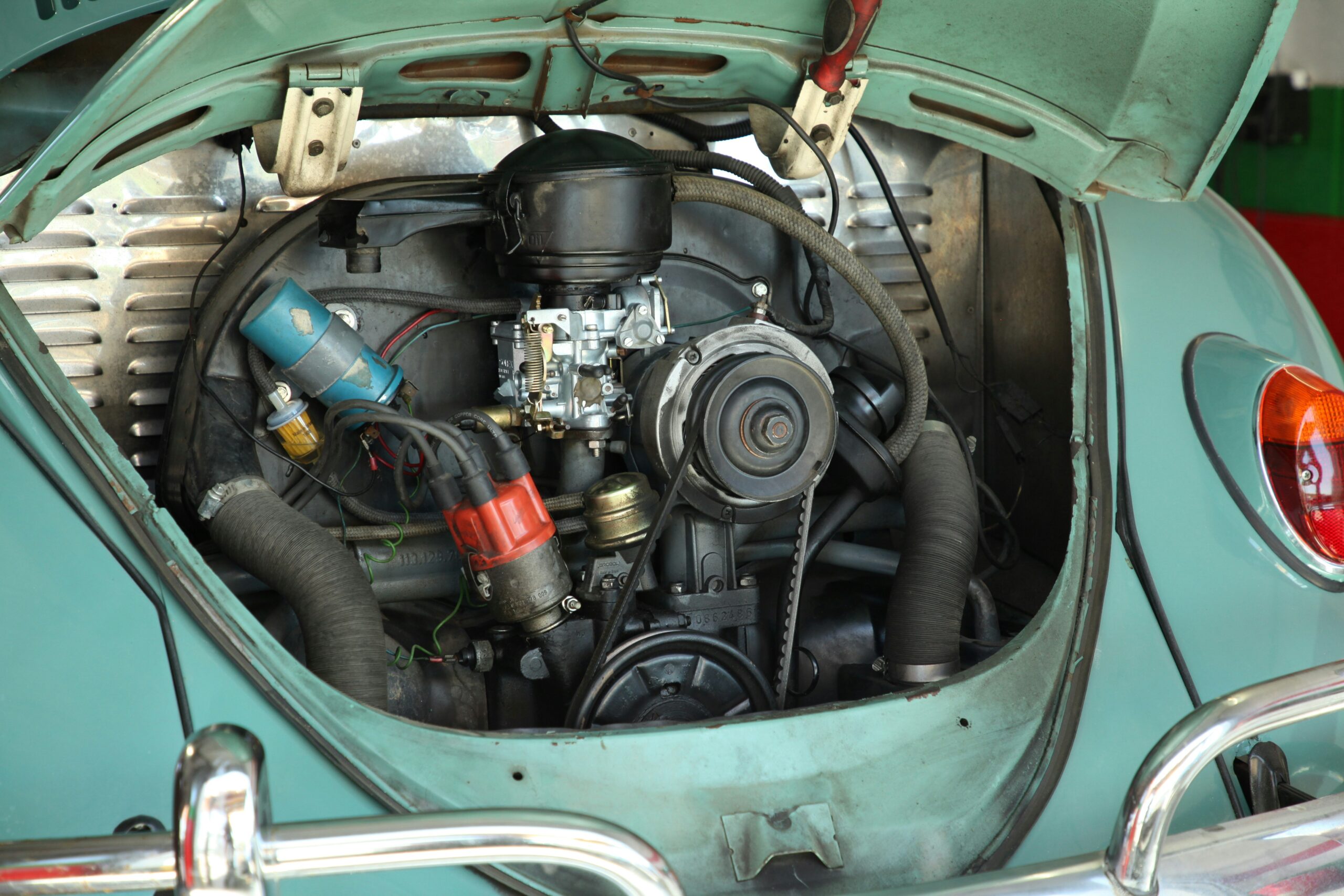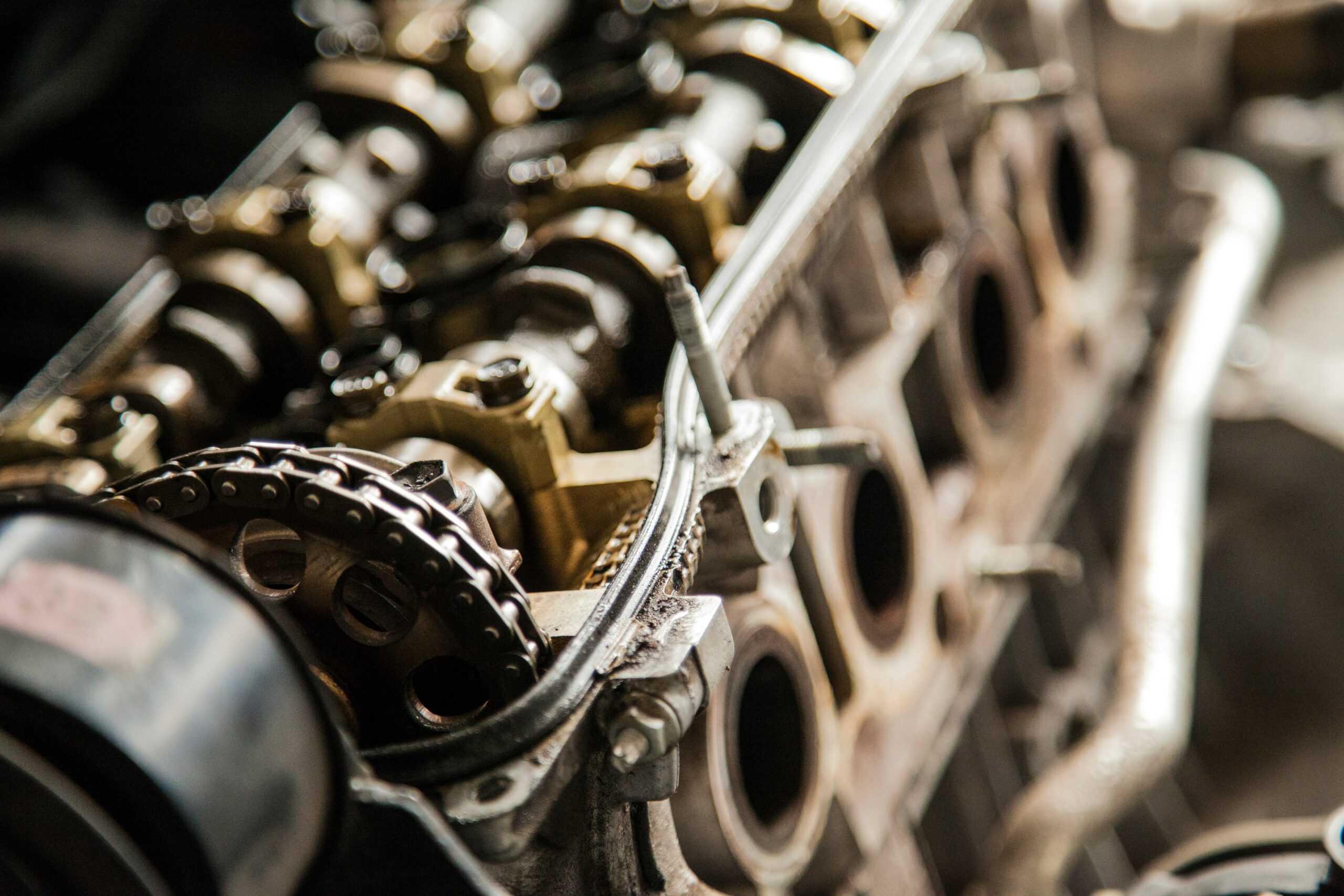- Your cart is empty
- Continue Shopping
Aftermarket Car Parts: What You Need to Know

When it comes to repairing, upgrading, or customising a vehicle, car owners often face a choice between OEM (Original Equipment Manufacturer) parts and aftermarket car parts. The aftermarket industry is massive and offers a wide variety of options for nearly every vehicle on the road. But what exactly are aftermarket parts, and are they the right choice for you?
What Are Aftermarket Car Parts?
Aftermarket car parts are components made by manufacturers other than the original car brand. Unlike OEM parts, which are produced by the automaker or its approved suppliers, aftermarket parts are made by independent companies. They can be used as replacements, performance upgrades, or aesthetic modifications.
Types of Aftermarket Car Parts
- Replacement Parts
- Designed to perform the same function as OEM parts.
- Examples: brake pads, filters, spark plugs, headlights.
- Performance Parts
- Enhance a vehicle’s speed, handling, or durability.
- Examples: turbochargers, exhaust systems, suspension upgrades.
- Appearance Accessories
- Improve the look and comfort of a car’s interior or exterior.
- Examples: custom wheels, seat covers, spoilers, body kits.
- Maintenance Parts
- Everyday parts that need regular replacement.
- Examples: wiper blades, batteries, fluids, belts.
Advantages of Aftermarket Parts
- Affordability: Usually cheaper than OEM parts.
- Variety: A wide range of options, from budget to premium.
- Availability: Easier to find at local auto shops and online.
- Customization: Offers performance and aesthetic upgrades that OEMs don’t always provide.
Disadvantages of Aftermarket Parts
- Quality Variation: Some are excellent, but others may be low-quality.
- No Warranty: Many aftermarket parts don’t carry the same warranty as OEM.
- Fitment Issues: In some cases, they may not fit as perfectly as OEM parts.
- Insurance & Resale Concerns: Certain modifications may affect insurance coverage or vehicle resale value.
How to Choose the Right Aftermarket Parts
- Research Brands: Stick to well-known, reputable manufacturers.
- Check Reviews: Customer feedback can reveal quality and reliability.
- Compare Prices: Cheap isn’t always better; balance cost with durability.
- Consult Mechanics: Professionals can recommend trusted aftermarket brands.
- Verify Compatibility: Ensure the part matches your car’s make, model, and year.
Aftermarket car parts offer cost-effective alternatives to OEM parts and open up opportunities for customisation and performance upgrades. Quality can vary, so careful selection is key. The aftermarket industry gives you the flexibility to tailor your car to your needs.




